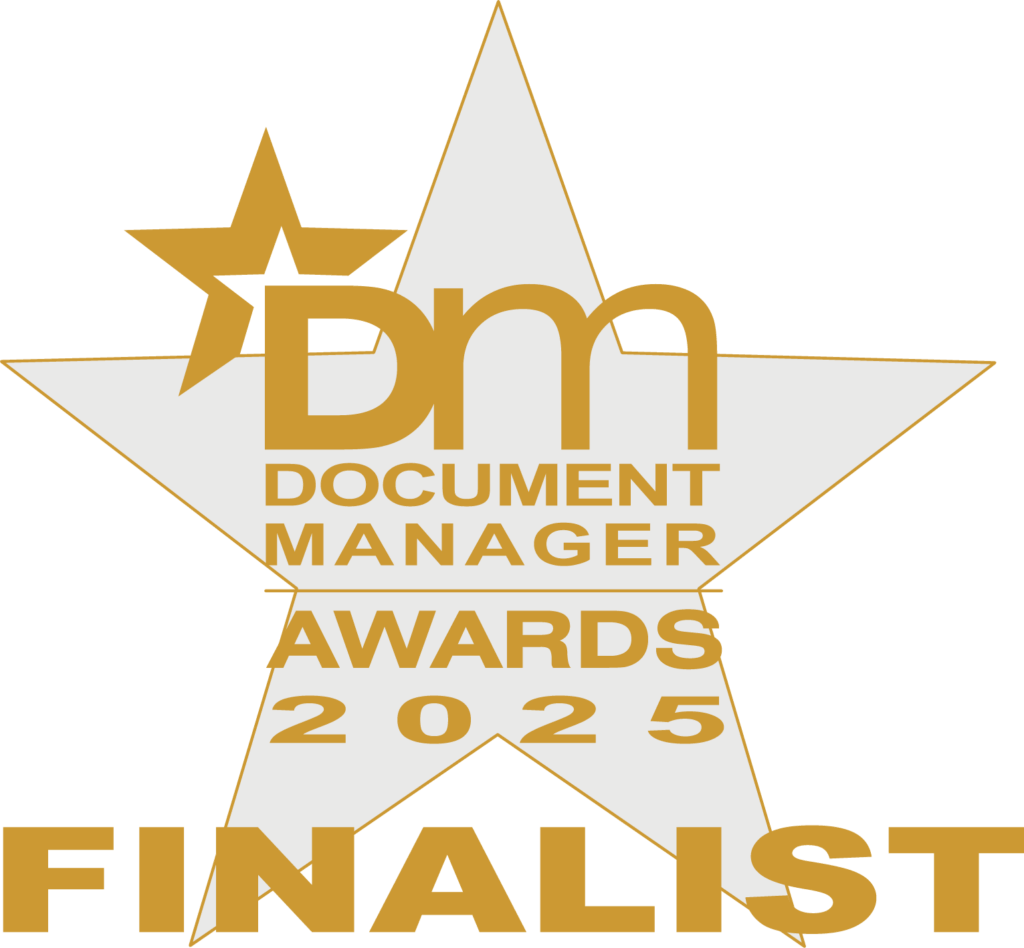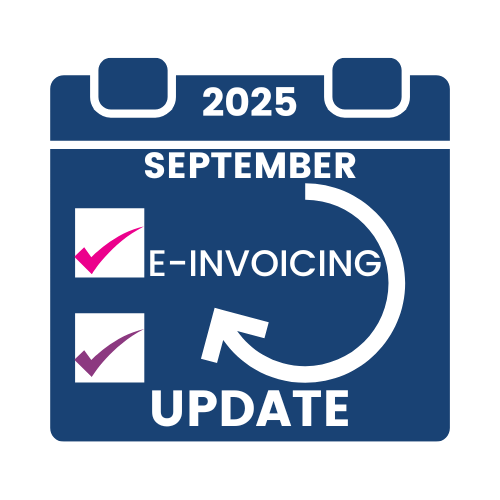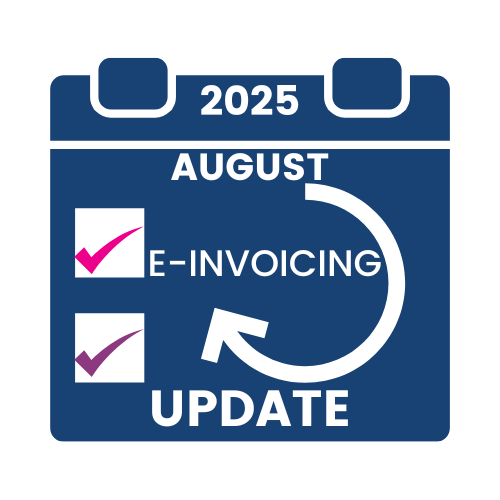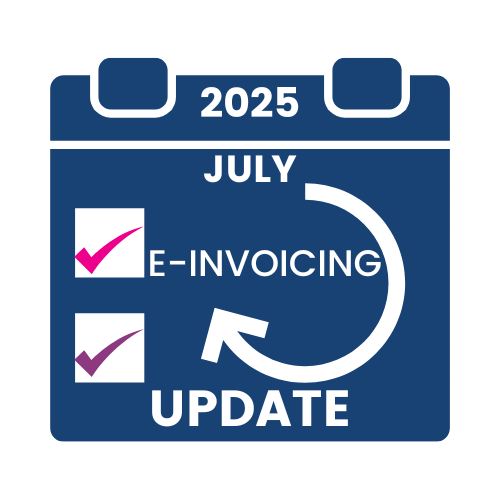Why Finance Automation Delivers Quick, Measurable ROI
It can be a conflicted decision to invest in Procure 2 Pay (P2P) automation software for many CFOs and finance leaders. Finance departments play a crucial role in implementing automated systems, as they are often under pressure to deliver value efficiently. Concerns around cost, implementation complexity, and the timeline for seeing returns can stall progress despite the growing need for automation and the pressure from the Procure to Pay team. But, delaying not automating is likely to cause more issues, both in terms of operational inefficiencies caused by manual processes and missed opportunities for strategic growth.
A recent global survey, AI to ROI, which polled 400 CFOs and finance leaders, revealed that 50% would cut finance automation investments if they don’t see measurable ROI within a year. This underscores the growing pressure on finance teams to adopt solutions that not only modernise operations but also deliver rapid, tangible value by providing key benefits to financial performance, such as increased efficiency and cost savings.
This article explores how compatibility issues in procure-to-pay (P2P) processes hinder ROI and how integrated finance automation tools can resolve these challenges, enabling finance teams to scale, streamline, and succeed.
What Slows Down ROI in Traditional Finance Processing?
1. Manual, Labour-Intensive Workflows
Legacy finance systems often rely on outdated, paper-based processes. From manual invoice entry and wet signature approvals to email approval chains and line-by-line reconciliations, these manual tasks are time-consuming and prone to human error. These result in increased overheads, high attrition rates, delayed payments, and strained supplier relationships.
2. Lack of Real-Time Insight
Without live dashboards or automated tracking, finance teams spend excessive time chasing invoices, approvals, and compiling financial data for cash flow forecasting. Issues like duplicate payments or missed deadlines are often discovered too late, leading to unnecessary costs and missed opportunities for proactive, data-driven decision-making.
3. Siloed Systems and Data Delays
Disconnected procurement, finance, and Enterprise Resource Planning (ERP) platforms create a nightmare of system incompatibility. Data must be manually transferred or reconciled, slowing procurement cycles and reducing forecasting accuracy. These integration challenges are a major barrier to digital transformation and a key reason why automation initiatives fail to deliver ROI quickly.
How Finance Automation Accelerates ROI
1. Faster Processing with Fewer Resources
Automated P2P systems eliminate repetitive financial tasks such as invoice matching, approval routing, and data entry. Automating financial operations increases efficiency and accuracy. These management solutions streamline procurement and accounts payable processes. According to a SharedServicesLink article, automation can reduce processing time by up to 80%. This not only accelerates workflows but also frees up finance staff to focus on higher-value strategic initiatives.
2. Instant Access to Actionable Data
Integrated P2P solutions provide real-time visibility into spend, supplier performance, and cash flow. This shortens month-end close cycles and supports smarter, faster decision-making. Finance leaders can shift from reactive to proactive management, using data to drive performance and mitigate risk.
3. Reduced Error and Rework Costs
Manual errors—such as duplicate payments, incorrect coding, or missed approvals—can cost businesses thousands annually. Automation ensures data accuracy, enforces compliance, and reduces the need for costly rework. Protecting sensitive banking details is also crucial to ensure security and compliance within financial processes. It also improves audit readiness by maintaining a clear, traceable digital trail.
4. Quick Implementation and Early Wins
Innovative platforms like Documation’s P2P automation solution are designed for agile deployment. This allows teams to tackle their biggest pain points first, giving the team time to rethink their current processes. With expert guidance from the chosen provider’s solution architects who’ve worked across industries, and have a wealth of experience, businesses can adopt best practices and reimagine workflows.
Tailored automation enables organisations to see benefits within weeks—not months. Key metrics such as:
- % of data captured on first pass
- Invoices processed per FTE
- Touchless processing rate
These can be dramatically improved within the first quarter of implementation.
Justifying ROI to Stakeholders
1. Identify the Most Costly Inefficiencies
Begin by mapping your current procurement and accounts payable workflows. Where are the bottlenecks? Common culprits include:
- High invoice processing costs
- Reliance on paper
- Manual reconciliations
- Delayed approvals
These inefficiencies are the top 3 targets for mst P2P teams to automate and provide a clear starting point for building a business case.
2. Set Baseline Metrics for Comparison
Establish KPIs such as:
- Average cost per invoice
- FTE hours spent on processing
- Error rates
- Days payable outstanding (DPO)
These benchmarks will help quantify the impact of automation and demonstrate ROI in a language stakeholders understand.
3. Project ROI with Conservative, Realistic Gains
Use industry benchmarks and case studies to forecast potential savings. For example, if automation reduces invoice processing time by 70%, what does that mean in terms of hours saved and costs avoided?
Build a business case that includes:
- Time savings
- Cost reductions
- Risk mitigation
- Strategic value
You can find templates and guidance in our blog here to help structure your ROI and present a business case effectively.
4. Highlight Quick Wins to Build Momentum
Focus on areas that deliver fast results—such as automated data capture or streamlined approval workflows. These early successes can help secure broader buy-in and pave the way for full-scale transformation.
FAQs
What kind of ROI should I expect from finance automation in the first 6–12 months?
Most organisations see measurable improvements in processing speed, error reduction, and team productivity within the first 3–6 months. For example, companies using Documation’s platform have reported:
- Up to 80% reduction in invoice processing time
- 60–90% touch-free invoice rates
- Significant reduction in late payment penalties and duplicate payments
These gains translate into both financial and operational ROI, helping finance teams do more with less.
Is ROI from finance automation purely financial?
Not at all. While cost savings are a major benefit, automation also delivers:
- Improved compliance and audit readiness
- Enhanced supplier relationships through faster payments
- Greater employee satisfaction by eliminating tedious tasks
- Scalability to support growth without increasing headcount
These non-financial benefits are critical for long-term success and resilience.
Conclusion: Automation Is No Longer Optional
Compatibility issues in P2P can be a major barrier to finance transformation—but they don’t have to be. With the right configurable automation software solutions, finance leaders can overcome integration challenges, unlock real-time visibility, and deliver measurable ROI fast.
Whether you’re resolving P2P integration issues or looking to modernise your finance workflows, automation isn’t just a goal—it’s a must-have for growing businesses. It delivers cost savings, improves accuracy, and empowers teams to focus on what matters most: driving strategic value.
Ready to see what configurable P2P automation can do for your finance team?
Explore Documation’s AI-driven P2P solution or schedule a bespoke demo with our Listening Team today.





